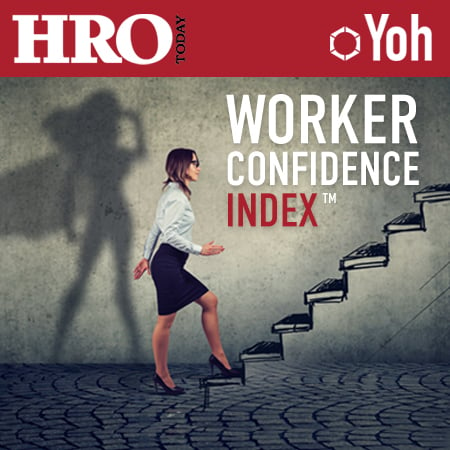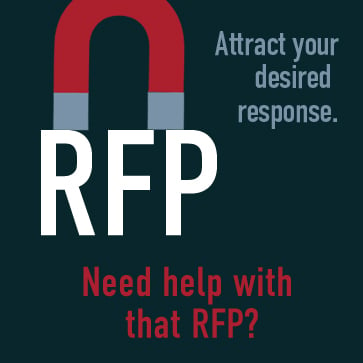Know Greater Talent - That's Yoh
Yoh has been helping connect tech talent with tech companies since 1940. Today, it’s specialized recruiting and integrated workforce solutions that help companies stay innovative and out in front of the competition. Get to know Yoh.
A Promise and a Mission
To know great talent you have to be connected to great talent. That’s Yoh’s mission. We want to connect the best talent with the best companies. So if you work with Yoh to find your next gig, you’ll have access to great work, great companies and the rock star treatment you deserve, and if you’re one of Yoh’s customers, you’ll know the great talent we find for you. It’s as simple as that. Know greater talent – with Yoh.
Why Yoh
What makes Yoh special? It starts with our people. Then you combine decades of experience with specialty focus and great service – and you have Yoh.
Learn More
Leadership Team
A group of leaders with diverse experience both inside and outside of the industry. Dedicated to one thing – the success of our team and yours.
Learn More
Partner With Yoh
We’re a partner to many companies – so we know what it takes. Think you have what it takes to be one our premier partners?
Learn More
Join our Team
We know great talent and if you do too, then maybe it’s time to join a leader in recruiting and workforce solutions.
Learn More
US Locations
We can help you with talent almost anywhere. But if you want to know where we are in the US, look no further.
Learn More
UK/Europe
We started out in Philadelphia, but now the world knows about Yoh. Take a look at our UK and European operations.
Learn More
Our Awards













Our History
It doesn’t matter that we are one of the oldest recruiting companies in the US (and we are) – what matters is that we are still around. Still innovating and still providing the best tech talent available. But the story is great too – from the
1940s - 1950s
- Company founded in Philadelphia as Duncan Tool Design by Harold L. Yoh and partners to deliver staff for war production and training.
- Company name changed to H.L. Yoh Company.
- Yoh expands customer base to include blue chip companies such as Lockheed, DuPont, General Electric, McDonnell Douglas, IBM and Western Electric.
1960s - 1970s
- H.L. Yoh Company merges with Day & Zimmermann to form one of the largest technical service organizations in the U.S. Harold L. Yoh becomes President of Day & Zimmermann and Yoh.
- Yoh enters the space age as its engineers work on early Mercury and Gemini programs.
- Harold L. “Spike” Yoh, Jr. is appointed President of Yoh.
- Yoh co-designs historic 1964 World’s Fair Monorail.
- Yoh launches security business.
- Jay Handlan is appointed President of Yoh.
- Yoh and Day & Zimmermann play key roles in the United States Postal Service modernization.
1980s - 1990s
- Yoh delivers the first innovative managed staffing program to General Electric.
- Larry Suwak is appointed President of Yoh.
- Yoh organizes into business units focused on scientific, IT, and engineering sectors.
- Yoh launches Healthcare line of business.
- Yoh acquires Salem Technical Services, expanding to 35 offices in 21 states.
- Yoh acquires United Technical Associates.
- Yoh achieves ISO 9002 quality registration for all offices.
- Yoh launches its eBusiness platform and future VMS system – Yoh.Company.
2000s
- Bill Yoh is appointed President and CEO of Yoh.
- Yoh Tops 98 Million USD in Online Sales in 2003.
- Yoh Exchange VMS wins America’s SAP User Group (ASUG) Impact Award.
2010s
- Yoh Surpasses $500 Million in Revenue
- Day & Zimmermann CIO Anthony Bosco named President of Yoh
- Emmett McGrath Re-Joins the Company as President
- Yoh Acquires Starpoint Solutions
- Yoh Acquires DreamJobs RPO
- Yoh Acquires Embedded Resource Group (ERG)
- Yoh Acquires Maxsys Solutions
- Yoh Acquires GECO Deutschland
- Yoh Named the 24th Largest Recruiting Company in the US



